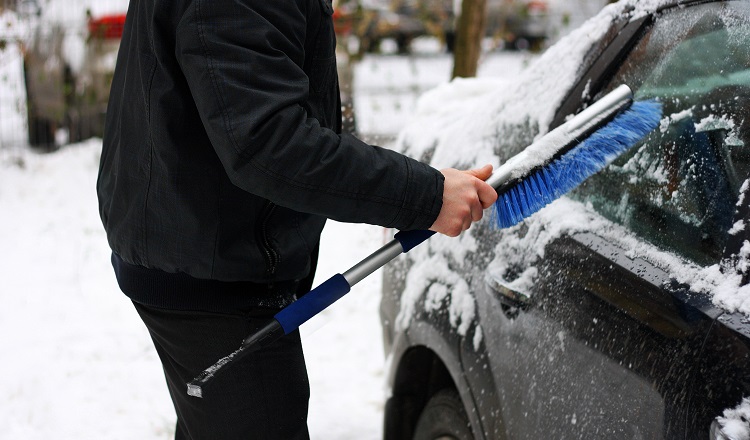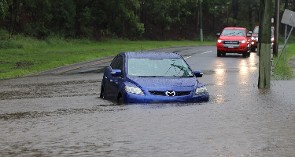Should You Idle Your Car on Cold Winter Mornings?

When it's cold and you have somewhere to go, should you let your car idle before you drive? You've probably been told it's good for the engine, but does it actually help?
You may recall chilly days when one of your parents went out to start the car long before anyone was ready to leave. By the time you all got bundled up in your hat, boots, mittens, and scarf, the car was warmed up and ready to go.
We want to take care of our vehicles, because they are an investment. We depend on them to get us where we want to be, and a breakdown or car repair is never convenient for anyone. But were our parents doing more harm than good to their vehicles by letting the engine idle? That depends.
Cars manufactured prior to the 1990s had engines that relied on carburetors. These vehicles needed time to warm up because it could take several minutes for the right mix of air and fuel to get to the engine. Letting the car warm up before winter driving was both beneficial and recommended.
However, vehicles manufactured since 1990 have replaced carburetors with electronic fuel injection systems that monitor and adjust to temperatures to ensure the proper blend of air and fuel delivery to the engine. Idling is no longer necessary nor is it recommended.
According to the Environmental Protection Agency (EPA) and Department of Energy (DOE), a car’s engine will warm up faster while driving as opposed to idling. Idling wastes fuel and gives off pollutants. Mechanics will tell you that letting a car idle for several minutes actually causes more wear and tear on the engine because it strips oil away from the engine’s cylinders and pistons, which decreases the life of the engine. Additional risks of idling include exposure to carbon monoxide and possible theft of your vehicle if left unattended.
While it is true that a car’s fuel economy gets worse when the temperature drops, there is no need to warm up the car before everyone is ready to go. Start the car, let it idle if you need to remove any snow or ice, and be on your way. Warm wishes and safe travels from Acuity!
An insurance company that cares about you and insuring the things you wish to be insured.
Get a Quote> Find an Agent>

